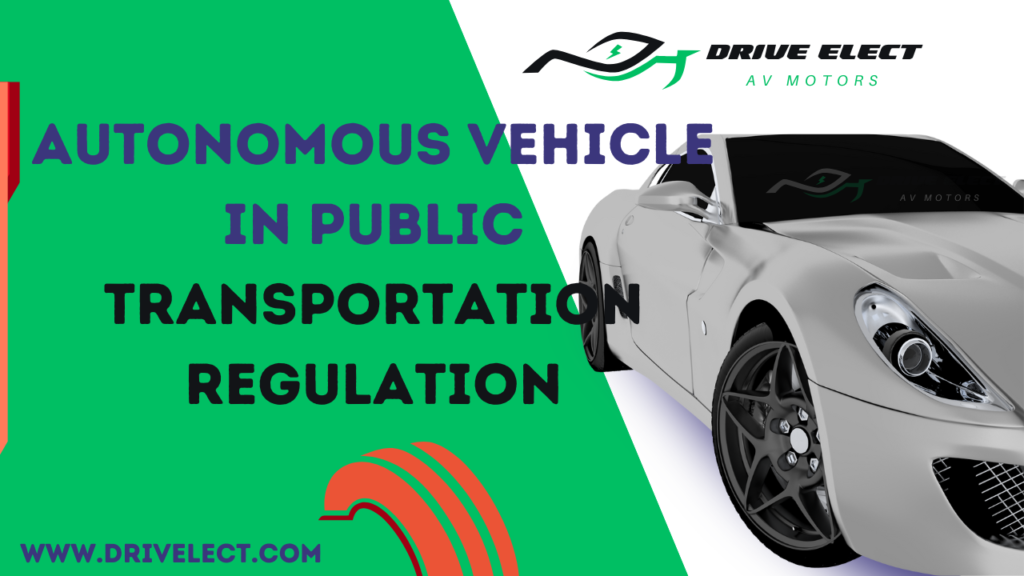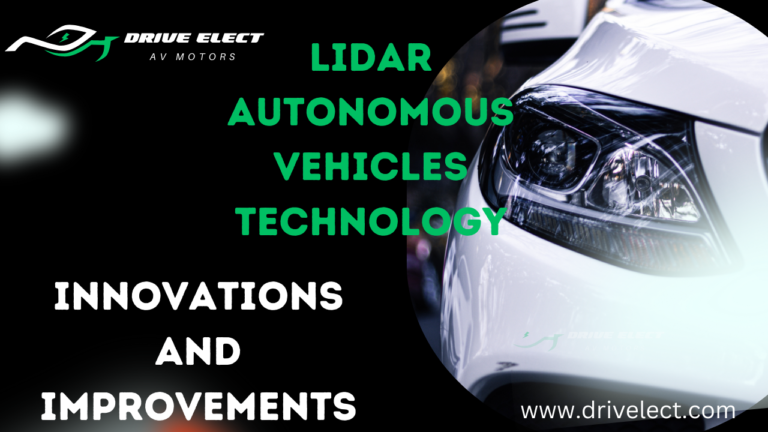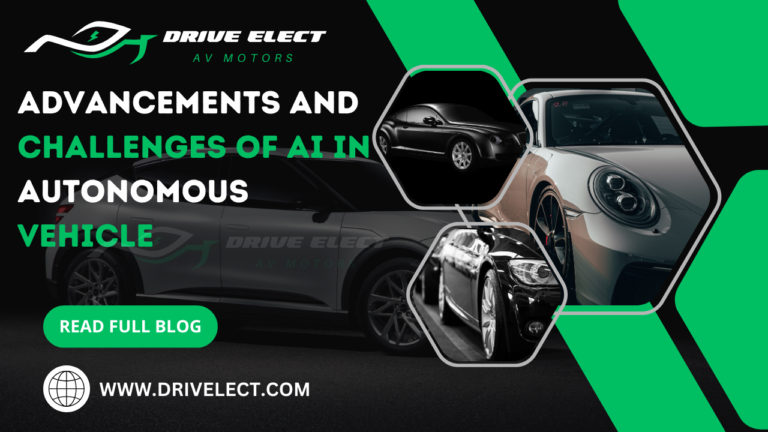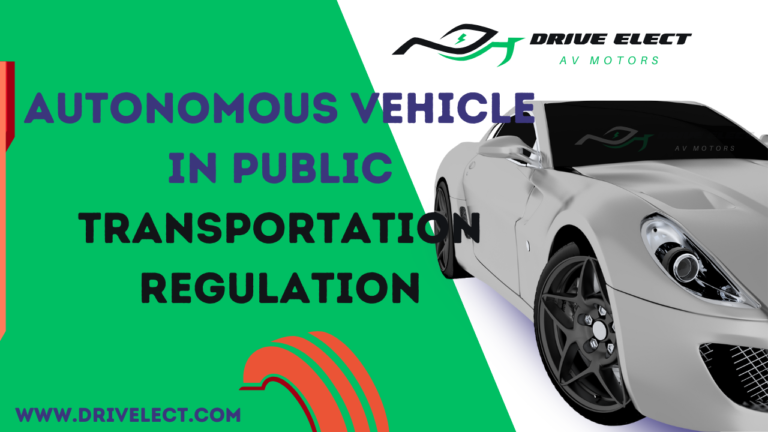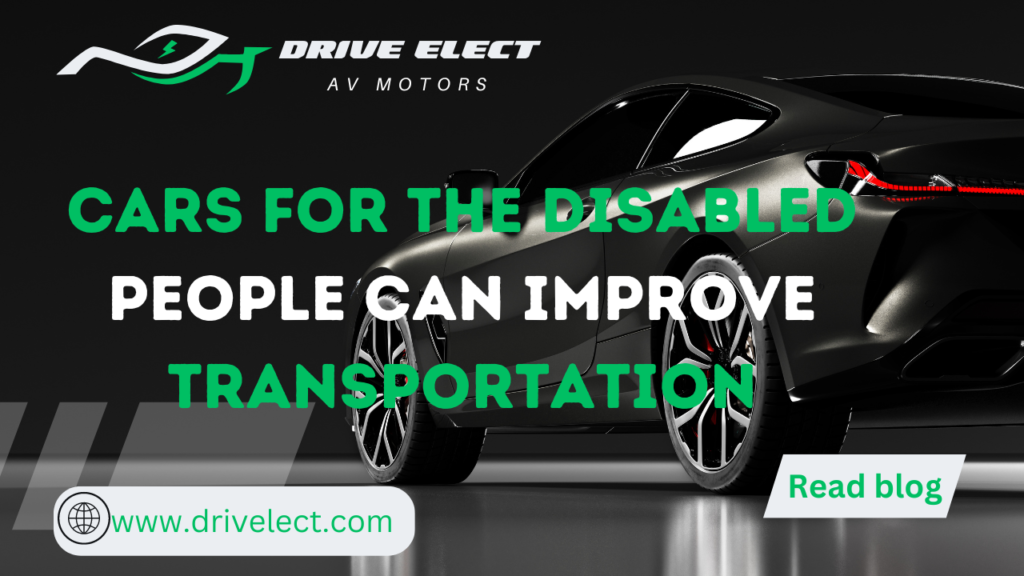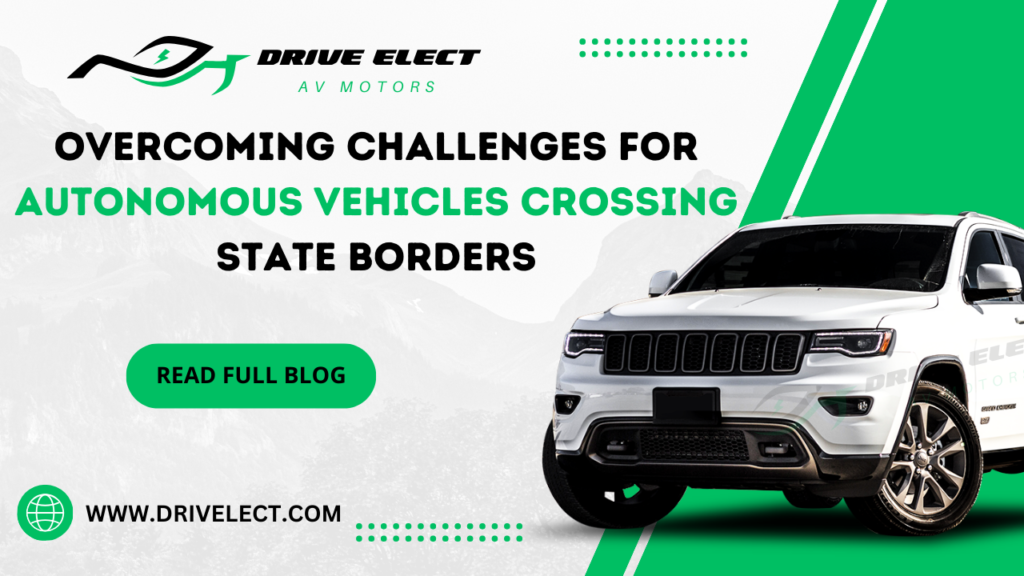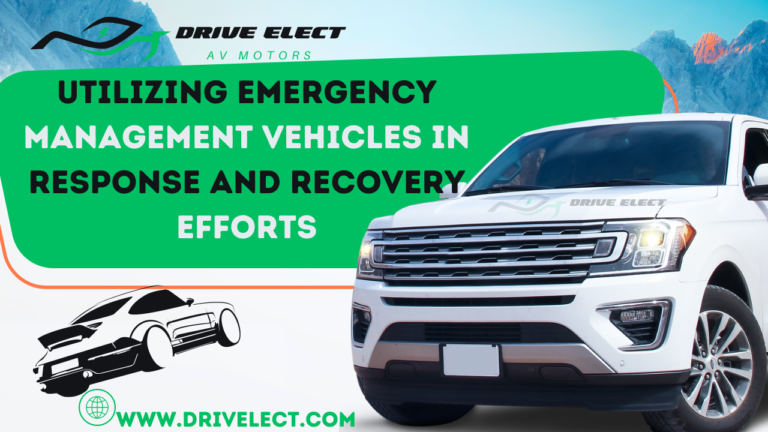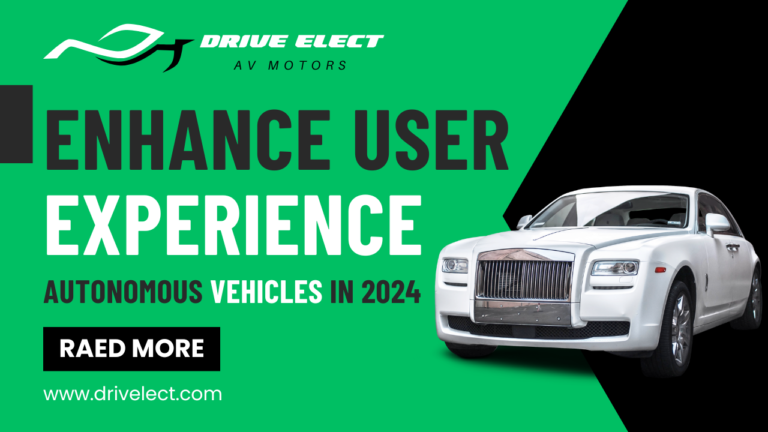Table of Contents
ToggleAutonomous vehicle in public transportation regulation
Public transportation agencies in the U.S. play a critical role in helping people get around. Especially those who greatly depend on transit services for various aspects of their lives. These individuals often face economic, physical, and social challenges. In this article, we will discuss the autonomous vehicle in public transportation regulation.
To ensure fairness, transit agencies must provide reasonable service levels to regular riders and those who rely heavily on transit. This requirement for fairness was established in the Civil Rights Act of 1964.
However, how agencies analyze and ensure justice can vary, leading to different approaches. The analysis often overlooks the needs of the transit-dependent population. Additionally, equity considerations are usually kept separate from other measures when evaluating transportation options. Such as transit coverage, which shows how well transit services cover an area.
At the same time, new and advanced mobility solutions, like AVs, are emerging. Although the timeline for widespread use of AVs is uncertain, shared autonomous vehicles and electric autonomous shuttles are already being introduced by private companies. These new modes of transportation could enhance transit services for those who depend on them. However, how these technologies will be integrated into public transit systems is still being determined. There needs to be more analysis of their operating costs compared to traditional transport methods.
In principle, the challenge lies in ensuring that these advanced mobility solutions contribute positively to transit access and fairness, particularly for those relying on public transportation the most.
Literature review
Transit equity:
Transit equity is about ensuring everyone gets fair access to public transportation services. These services are spread out among different groups of people, focusing on non-white and low-income communities. One significant group is the transit-dependent population, which includes seniors, kids aged 6 to 12, households without a car, and people who cannot drive. We also need to introduce the Autonomous vehicle in public transportation regulation.
The problem is that journey planning often prioritizes those who use public transport for commuting, neglecting the needs of transit-dependent riders, who rely on it for their daily activities. The assumption that people will use their cars has led to a decline in public transit services for those who depend on them. Autonomous vehicle in public transportation regulation is also necessary.
This injustice is a big issue because it can exclude weak groups, like low-income and disabled individuals, from essential services. Considering transit equity is tricky because there are different types of problems and ways to measure them.
As technology in transportation evolves, with things like autonomous vehicles and electric shuttles becoming more common, it’s crucial to ensure that these advancements stay within specific communities. Achieving and improving equity in access to transportation remains vital as we adapt to new ways of getting around.
Transit coverage:
Transit coverage is a way to measure how well autonomous vehicle in public transportation regulation serves a large area. It helps identify where transport services might be lacking or not meeting the needs of the people. The output of this analysis is a percentage that shows how much of the population could benefit from the transit system. For example, it might cover 80% of the service area or 65% of the population.
There are different methods to evaluate transit coverage. One approach is the time-of-day method, which looks at how well transit services perform during other times, like peak hours. This helps understand when there might be unmet demand for transit.
The Local Index of Transit Availability (LITA) method considers factors like the transit system’s capacity, frequency, and deal coverage. It combines spatial and temporal aspects, giving scores for different areas. This method also considers passenger comfort and nearness, including transit vehicle capacity.
The Transit Capacity and Quality of Service Manual (TCQSM) method uses time and space data to evaluate transit coverage. It measures residence time, speed, and consistency at travel stops. This method focuses on areas with high population density, assuming that providing service to these areas means better coverage. However, it might not fully capture the needs of the transit-dependent population.
The TCQSM method is used, but the focus is shifted to specifically analyze how well transit services meet the needs of the transit-dependent population.
Shared autonomous mobility:
Initial mobility solutions aim to use automated technology to shift from human-driven vehicles to computer-driven ones. This shift is expected to bring various benefits, including fewer accidents, less traffic congestion, lower energy consumption, reduced emissions, less need for urban parking, and increased productivity. Car makers are incorporating automated features, and policymakers are creating rules for highly motorized vehicles.
However, deploying privately owned AVs comes with new risks, making adoption challenging. Testing AVs on the road to ensure safety would take an impractical amount of time, leading policymakers to work on flexible regulations. Some tests of AVs have occurred both with and without the shared use of autonomous technology globally.
Many revisions have estimated the costs of operating shared automated vehicles. Automated taxis and AV ridesharing are everyday situations. However, there needs to be more literature regarding the costs of mixing shared automated mobility into public transit.
Shared automated mobility is evolving, with unclear technology costs, fleet sizing, and regulatory requirements.
Testing placements of autonomous shuttles have been successful for short-distance trips, such as campus transit routes. Cities have found that publicly led testing and pilots are the best way to shape local AV deployment. Public transit agencies can play a crucial role by managing a fleet of shared autonomous vehicles, confirming equitable access for both choice riders and transit-dependent populations.
Transit coverage analysis:
Analyzing transit coverage when autonomous vehicle in public transportation regulation networks involves evaluating how AVs effectively serve diverse areas and populations.
Here we discuss some points;
Spatial Reach and Accessibility:
The analysis measures the geographical coverage of self-driving cars within the public transport network, observing their ability to reach different regions and ensuring availability to transit stops.
Demographic Impact:
Exploration of how self-driving cars influence different demographic groups is crucial. This includes evaluating whether Autonomous vehicles offer equitable services, primarily for traditionally underserved populations like low-income communities and individuals with limited mobility options.
Temporal Analysis:
Considering time-related factors, the analysis examines the availability and efficiency of AVs at different times of the day to meet dynamic transportation needs effectively.
Assimilation with Traditional Modes:
Examining how autonomous vehicle in public transportation regulation modes, such as buses and trains, is vital. This involves assessing whether AVs enhance overall transit network efficiency and accessibility.
Operating Feasibility:
The evaluation of incorporating self-driving cars considers practical aspects, including maintenance, charging infrastructure, and overall operational efficiency within the public transportation system.
Equitable Access:
A key focus is ensuring that introducing self-driving cars does not aggravate existing moving inequalities. The analysis aims to provide fair and general access to autonomous carriage options for individuals heavily reliant on public transit. Autonomous vehicle in public transportation regulation play a crucial role.
Cost Analysis:
Considering the economic aspects involves assessing the cost-effectiveness of adding self-driving cars compared to traditional transit modes. This ensures alignment with commercial limits and efficient reserve utilization.
Directing and Policy Considerations:
The study incorporates an understanding of the regulatory and policy frameworks governing the deployment of autonomous vehicle in public transportation regulation. Addressing legal and regulatory challenges is essential for the successful integration of AVs.
Transit equity analysis:
Analyzing transit equity in autonomous vehicle in public transportation regulation networks involves assessing how fairly and inclusively these AVs serve different communities.
Convenience for Diverse Communities:
Evaluate how autonomous vehicle in public transportation regulation provide options for diverse communities, including low-income families and minority populations. Assess whether AV services are distributed rightly across various neighborhoods, ensuring all communities have reasonable access to autonomous transportation.
Impact on Transit Dependent Populations:
Consider the needs of transit-dependent populations, such as seniors, individuals with disabilities, and those without access to private vehicles. Assess whether self-driving cars address these populations’ mobility requirements and provide an inclusive solution for those who rely on public transportation for their daily needs.
Geographical Distribution:
Examine the spatial reach of autonomous vehicle in public transportation regulation network. AV services extend to areas that may have been traditionally underserved by existing transit options, promoting geographic equity in transportation access.
Affordability and Cost Considerations:
Analyze the affordability of self-driving car services, particularly for low-income households. Ensure that the cost structure of AVs does not create financial barriers, making these services accessible to a broad range of the population.
Integration with Existing Transit Modes:
Assess how autonomous vehicles integrate with traditional public transportation modes like buses and trains. Ensure that the introduction of AVs complements and enhances the existing transit network, providing riders with a seamless and integrated experience.
Technological Accessibility:
Consider the technological accessibility of self-driving cars. Ensure that the technology is user-friendly and accommodates individuals with varying levels of technical skill, avoiding potential differences in access based on technological barriers.
Community Engagement and Input:
Involve communities in the decision-making process. Seek input from various sponsors, including community members, advocacy groups, and transit-dependent populations, to understand their specific needs and concerns regarding integrating self-driving cars.
Regulatory and Policy Frameworks:
Evaluate the regulatory and policy frameworks governing the deployment of self-driving cars in public transit. Ensure that these frameworks promote equity, prevent insight, and address any potential social or economic disparities arising from the introduction of AVs.

